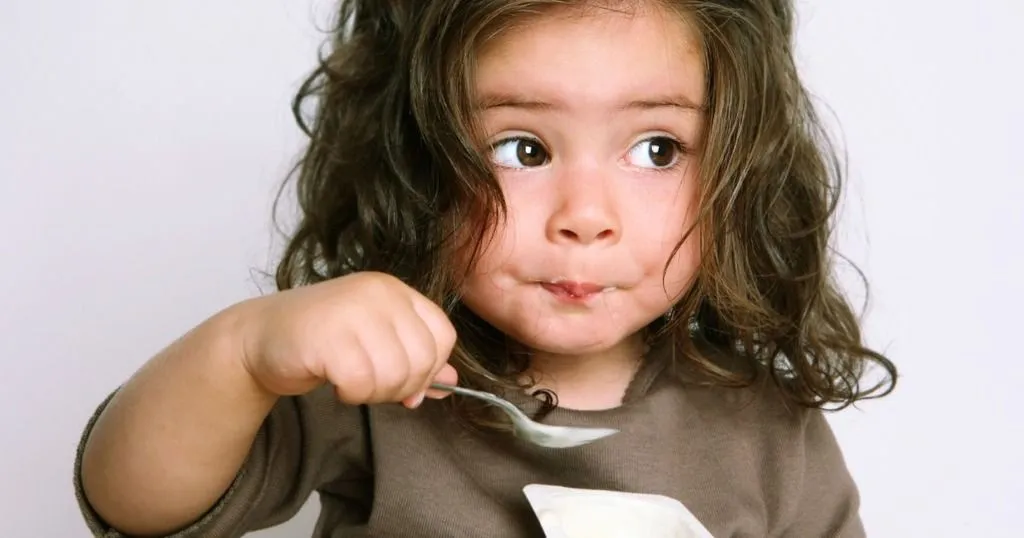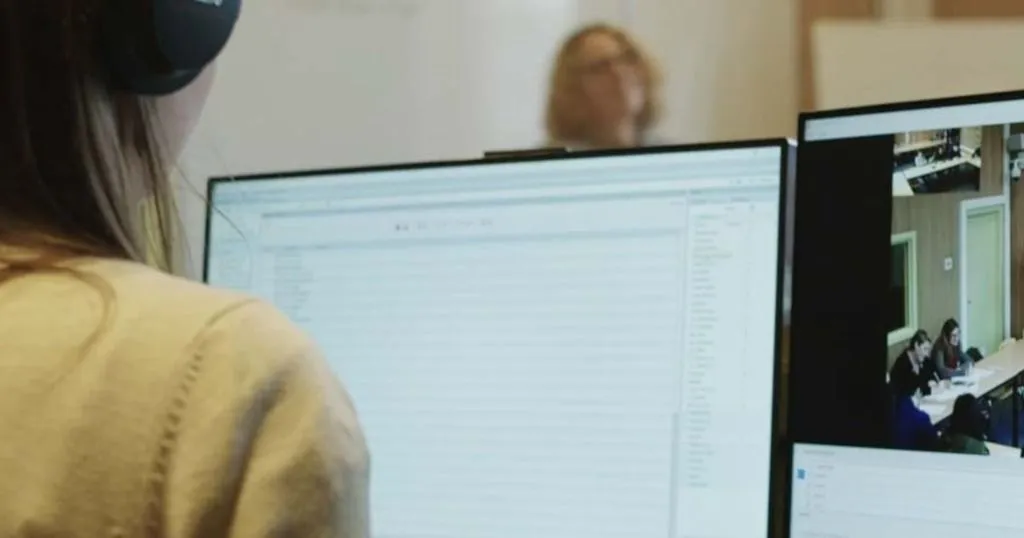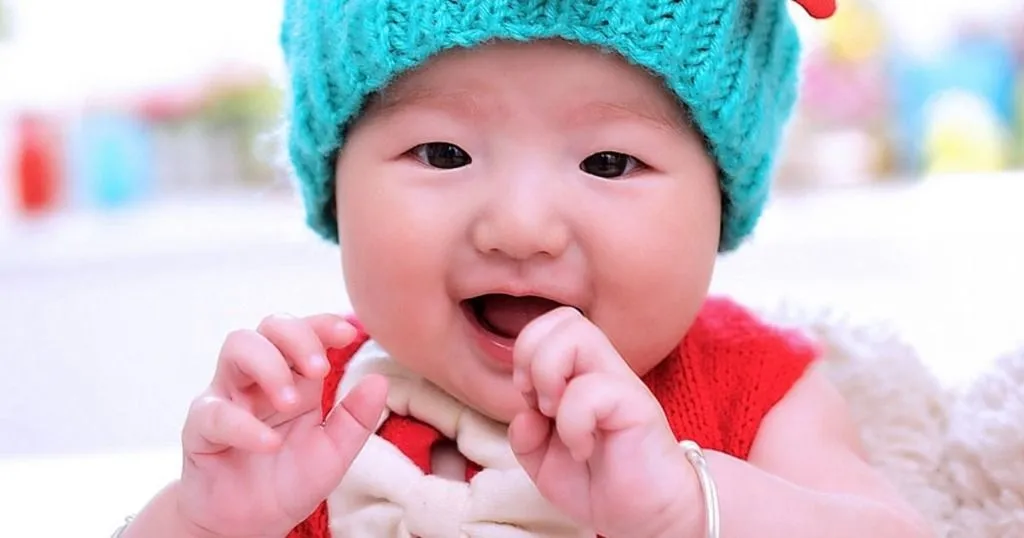How to measure infant behavior
In infancy you can observe an explosive growth. Many researchers focus on this age group. Think about studies aimed at learning more about speech behavior, maternal sensitivity, or learning behavior in infancy.
Posted by
Published on
Mon 12 Sep. 2016
Topics
| Behavioral Research | Coding Schemes | Infants | Parent-child Interaction | The Observer XT |

Infants undergo astonishing physical, cognitive, and social transformations in their first year of life, making them a captivating subject for scientific study. By measuring infant behavior, researchers gain insights into early speech development, maternal sensitivity, and foundational learning processes.
How to measure infant behavior
Recent advancements in technology - such as eye-tracking systems, neuroimaging techniques (fNIRS, EEG), and sophisticated observational tools - have revolutionized how we assess infant behavior both in controlled lab settings and in naturalistic home environments.
In this blog post, we’ll explore modern strategies and methodologies for measuring infant behavior, discuss the importance of ethical considerations, and highlight how cutting-edge research benefits caregivers, educators, and policymakers alike.
Observing mother-infant behavior
Current research from Prof. Cristina Riva Crugnola, University of Milano-Bicocca tells us that adolescent mothers as well as their babies (vs. adult mother and infant interactions) spent more time in negative engagement, meaning that the mothers showed more pushy behaviors towards the infant, even hostility. The infant also showed more negative behaviors, such as protesting with expressions of anger and crying.
Read more: Observing mother-infant behavior
Behavioral observations in autism research
Mothers play a crucial role in the development of communication of their children. The use of gestures by the mother strongly correlates with the gesture use and language development of their children.
Mothers that have an older daughter or son that was diagnosed with ASD, may change their behavior towards the younger HRA children. For example, these mothers have learned to use more gestures when communicating with their children. This could affect the gesture use and language development of HRA children.
Read the full post here: Behavioral observations in autism research
FREE WHITE PAPER: Autism research
Download the free White paper to learn how and why observational research methods are used in autism research.
- Why observe behavior
- How to observe behavior in a structured way
- What research tools are available
Early Infant behavior development of hand preference
Recently, Nelson et al. presented “Unimanual to bimanual: Tracking the development of handedness from 6 to 24 months”. One of their findings was that, as infants, 39% of these children showed preference for the right hand, whereas 61% had no hand preference. In toddlerhood, this 39% increased to 97%. This study provides some evidence that handedness might begin to stabilize earlier than traditionally assumed. However, in order to confirm this conclusion, more research was required.
Learn more: Early Infant behavior development of hand preference
The facial action coding system in infant behavior research
Forestell and Mennella (2012) used the FACS to objectively quantify infant’s facial expressions. As a result, they gained insight in the relation between infant behavior and the assessment made by his or her mother concerning the infant’s temperament.
Forestell and Mennella looked into responses to green vegetables and coded the facial expressions using the Action Unit codes. After analysis, they compared the outcomes with the before mentioned parental assessments. Temperament of the infants was described using the Infant Temperament Scale. On this scale, a parent can indicate the frequency of approach/ withdrawal behavior and to what extend the infant can adapt to a situation.
Find out more: The facial action coding system in infant behavior research
Infant behavior experiments
Interested in a free coding scheme? Olafsen et al. (2006) observed mother-infant interaction and investigated whether early intervention could be beneficial for infants with a low birth weight. The coding scheme they used is available online.
Read the full post here: Infant behavior experiments
FREE WHITE PAPER: How to set up a coding scheme
Download here the FREE white paper 'How to set up behavioral coding' and get 7 tips about:
- Defining your behavior group
- Point events
- Coding from a diversity of sources
Examples of infant behavior research experiments
In infancy you can observe an explosive growth. A lot of researchers focus on this age group and observe parent-infant dyads to get more insight in specific behaviors. Experiments are often set up to study looking behavior, language acquisition, attachment, or learning behavior.
You can find the full blog post here: Examples of infant behavior research experiments
How caregivers and children interact within the context of pain
O.U.C.H. Lab - The Opportunities to Understand Childhood Hurt (O.U.C.H.) Laboratory run by Dr. Rebecca Pillai Riddell (watch her TEDx Talk) focuses on understanding how caregivers and children interact within the context of pain. Their research is performed in a variety of settings, from their own lab space on the York University Campus to the Neonatal Intensive Care Units of major Toronto hospitals.
Noldus and the O.U.C.H. Lab staff worked together to create the perfect lab space. Their lab is divided into two areas with observational technology (including up-to-date audio/video equipment), physiological equipment (by MindWare, LLC), and portable observational computing systems.
FREE TRIAL: Try The Observer XT yourself!
Request a free trial and see for yourself how easy behavioral research can be!
- Work faster
- Reduce costs
- Get better data
Related Posts

Positive Behavior Support: Good behavior can be learned

Should you use a combination of modes to optimize behavioral studies?
